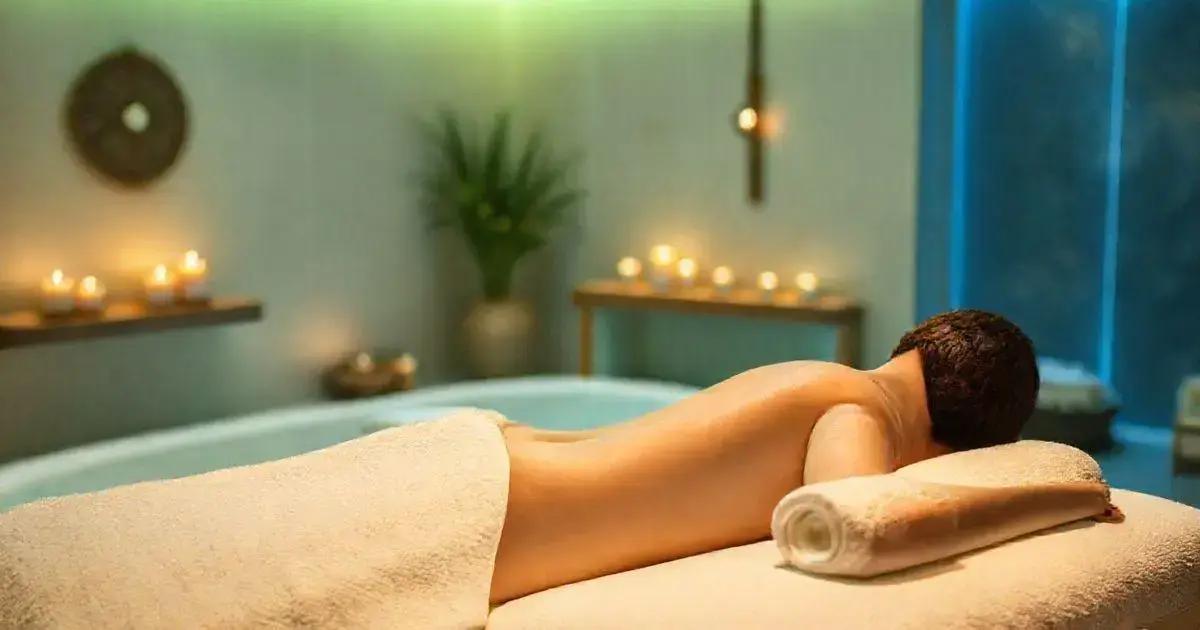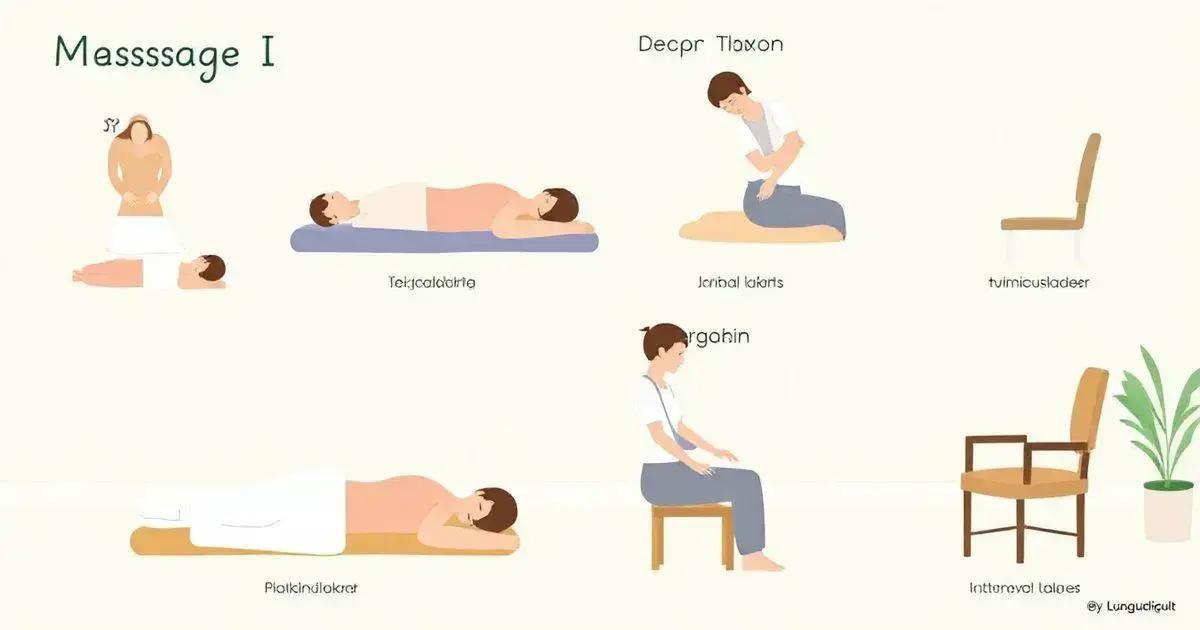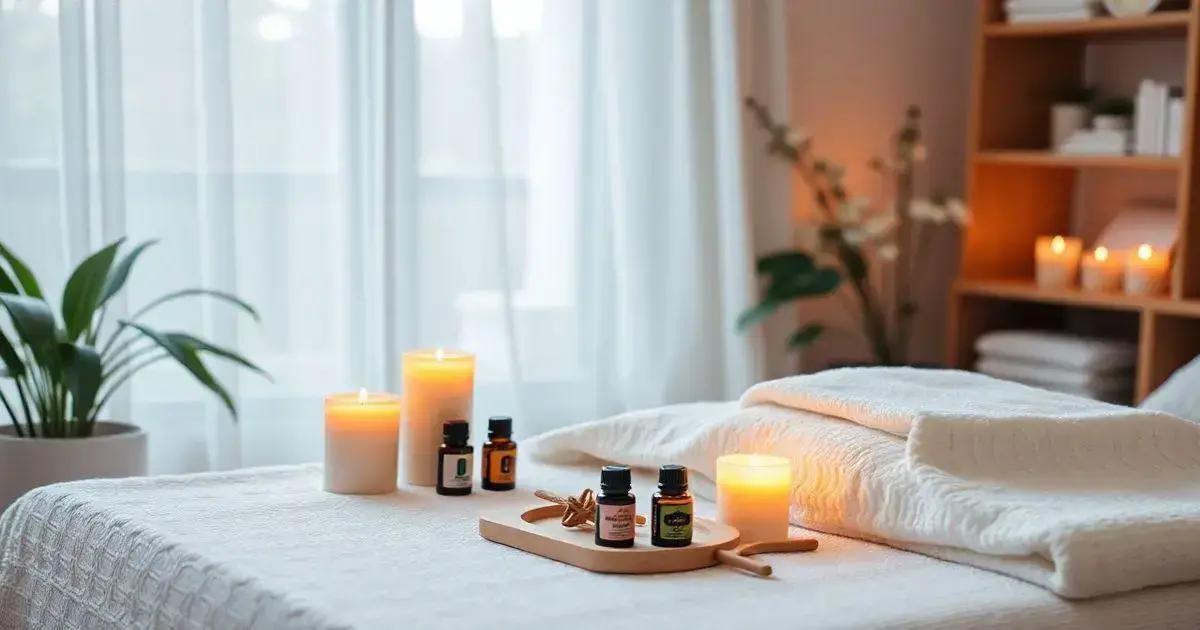The role of regular massages in stress management is crucial, as they promote relaxation, reduce cortisol levels, and alleviate tension, enhancing both physical and mental well-being.
In today’s fast-paced world, stress has become a common experience for many. The role of regular massages in stress management cannot be underestimated. Massages not only provide relaxation but also help lower anxiety and increase overall well-being. In this blog post, we will dive into the relationship between stress and how massages can serve as an effective solution.
Understanding Stress and Its Effects

Stress is a natural response to challenges or threats. It triggers the body’s fight or flight response, releasing hormones like cortisol and adrenaline. While this reaction can be beneficial in short bursts, chronic stress can lead to severe health issues.
Effects of Stress on the Body
When stress is constant, it can harm various body systems. The cardiovascular system may face issues like increased heart rate and high blood pressure. Digestive problems like stomach aches and changes in appetite are also common. Moreover, stress affects the immune system, making individuals more susceptible to illnesses.
Effects of Stress on Mental Health
Chronic stress can contribute to mental health issues such as anxiety and depression. It may cause feelings of overwhelm, frustration, or helplessness, leading to decreased motivation and a negative mindset.
Recognizing Symptoms of Stress
Identifying the signs of stress early is crucial. Common symptoms include headaches, mood swings, fatigue, and difficulty sleeping. Additionally, people under stress may experience changes in their eating habits or notice a decline in their social interactions.
Understanding stress and its effects is vital for effectively managing it. Through this awareness, individuals can explore various relaxation techniques, like regular massages, to help alleviate these symptoms and promote better overall health.
How Massages Alleviate Stress

Massages are known for their ability to help people unwind and relax. They can significantly reduce stress levels and promote a healthier mind and body. When a person receives a massage, the body releases endorphins, which are natural painkillers and mood elevators.
How Massages Reduce Cortisol Levels
One of the primary causes of stress is the hormone cortisol. Massages help lower cortisol levels in the body, which can lead to a reduction in anxiety and an increase in overall calmness. Lowering cortisol can also benefit the immune system, allowing the body to fight off illnesses more effectively.
Physical Benefits of Massages
Regular massages can relieve muscle tension and stiffness. When the muscles are relaxed, it reduces pain and discomfort, allowing for better mobility. This physical relief can contribute to mental clarity and a decrease in stress.
Emotional Effects of Massages
Receiving a massage can create a sense of connection and trust with the therapist, making it easier for individuals to let go of stress. The tranquil environment that often accompanies massages also helps promote relaxation and mental peace.
By experiencing the soothing touch of a massage, individuals can enhance their mood and foster a sense of well-being. Regular massages contribute to a balanced lifestyle by decreasing stress levels and promoting relaxation, making them an essential part of stress management.
Techniques for Effective Massages

When it comes to effective massages, several techniques can enhance the overall experience. Each technique offers unique benefits for relaxation and stress relief.
Swedish Massage
Swedish massage is among the most popular techniques. It uses long, flowing strokes to promote relaxation and circulation. These gentle movements help ease tension and improve muscle flexibility.
Deep Tissue Massage
Deep tissue massage targets deeper layers of muscle and connective tissue. It focuses on knots and chronic tension points. This technique can be more intense but is very effective for those with chronic pain.
Trigger Point Therapy
Trigger point therapy focuses on specific areas of tightness within muscle tissue. By applying pressure to these trigger points, therapists can help release muscle knots and relieve pain.
Chair Massage
Chair massage is a quick and effective way to relieve stress without needing a full-body massage. Clients sit in a specially designed chair while the therapist focuses on the back, neck, and shoulders, making it ideal for busy individuals.
Incorporating these massage techniques into your routine can boost the effectiveness of stress management and enhance well-being. Understanding which technique works best for you can create a more tailored and enjoyable massage experience.
Incorporating Massages into Your Routine

Incorporating massages into your routine can significantly enhance your overall well-being. Regular massages help manage stress and promote relaxation. Here are some tips to seamlessly add massages to your life.
Set a Schedule
Plan your massages just like any other appointment. Consider scheduling a massage every month or even weekly, depending on your needs. Having a regular time helps prioritize your self-care.
Communicate with Your Therapist
Discuss your stress levels, pain points, and goals with your massage therapist. This information will help them tailor the massage to your specific needs and improve its effectiveness.
Combine Massages with Other Wellness Practices
Integrate massages with practices like yoga, meditation, or exercise. This holistic approach enhances relaxation and stress relief. For example, scheduling a massage after a workout can help with recovery.
Create a Home Massage Space
If you prefer, set up a cozy area at home for self-massage. Use tools like foam rollers or massage balls. Light candles and play soothing music to create an inviting atmosphere.
By incorporating massages into your routine, you can create a balanced lifestyle that promotes stress management and overall health. Remember, consistency is key to reaping the full benefits of regular massages.
Embracing the Power of Regular Massages
Incorporating regular massages into your life can lead to a significant reduction in stress and a boost in overall well-being. By understanding the effects of stress and how massages can alleviate it, you can take proactive steps to manage your health.
Utilizing various massage techniques and making them a consistent part of your routine can enhance relaxation and improve your quality of life. Remember to communicate your needs with your therapist and explore different styles to find what works best for you.
As you prioritize self-care and includes massages in your schedule, you’ll foster a healthier lifestyle that promotes balance, relaxation, and happiness. Don’t underestimate the benefits; transforming your stress management approach can unlock a more enjoyable, peaceful way of living.
FAQ – Frequently Asked Questions about Regular Massages and Stress Management
How often should I get a massage for stress relief?
It is recommended to schedule massages at least once a month, but weekly sessions can be more beneficial for chronic stress.
What techniques are most effective for reducing stress?
Swedish and deep tissue massages are popular techniques for relaxation and stress relief. Trigger point therapy can also be effective for muscle tension.
Can I incorporate massages into my regular health routine?
Yes, you can combine massages with other wellness practices like yoga or meditation to enhance relaxation and overall well-being.
Is it necessary to communicate my needs to the massage therapist?
Absolutely! Discussing your stress levels and any areas of tension with your therapist helps them tailor the massage to meet your specific needs.
What can I do to create a relaxing home massage space?
Set up a cozy area with soft lighting, calming music, essential oils, and massage tools to promote a soothing environment for self-massage.
Are there any side effects of regular massages?
While massages are generally safe, some individuals may experience mild soreness or bruising. It’s important to communicate any discomfort during the session.












